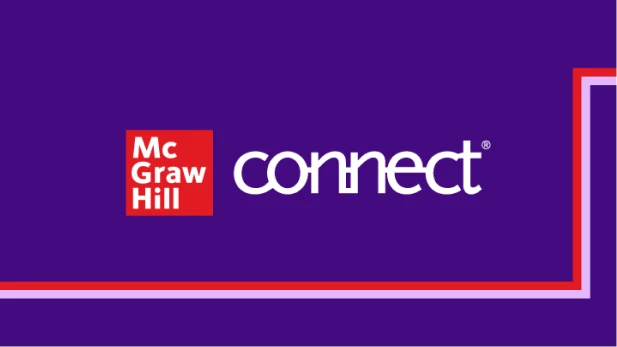Online Courses vs. Blended Courses
As schools decide between blended/hybrid or exclusively online courses, it's important to understand the difference and what may work best for your classroom.

According to the National Center for Education Statistics, of the nearly 20 million students in post-secondary institutions in 2016, there were 15% who exclusively took courses via distance education, with 31% who took a least one distance education course.1 These numbers have been consistently growing at a high single-digit pace for the past several years despite a continued gradual reduction in the population of students in postsecondary institutions. In light of Covid-19, the numbers have climbed even higher as schools transition to new forms of education.
Students have warmed up to online and blended programs, while some employers and schools still remain guarded about the efficacy of these programs when compared to traditional, face-to-face implementations. In a 2017 dissertation by Dr. Silas Wandera, he conducted a meta-analysis of 30 studies on traditional, online, and blended learning programs.2 Wandera concluded that there was no statistically significant difference in learning outcomes between traditional and new pedagogies, with some slight improvement when comparing blended versus fully online programs.
Blended Courses versus Fully Online Courses
The pedagogies involved in fully online and blended teaching are similar, relying on the use of multiple vehicles to drive engagement. Simulations, interactive content, adaptive learning assignments, varied assessments, and group engagement are commons tools. Blended learning programs, however, provide typically a minimum of two or three face-to-face sessions at the beginning, middle, and end of the class schedule. These face-to-face sessions help provide students with an opportunity to ask questions and converse more readily with course content. These face-to-face sessions also take some of the pressure off the instructor to build an entire course from top to bottom with all the necessary elements right at the beginning of the semester.
Fully online programs do not have the benefit of any face-to-face interaction. The key to any successful online course implementation is instructor presence. Increasing instructor presence is accomplished through increased communication. Beyond normal course announcements or emails, instructors need to communicate to the class frequently and in any way they can. Increased presence means increased student engagement and improved outcomes. Increased instructor presence also yields more student effort and accountability. Instructors will tell you that online teaching, if executed with an eye to yielding the same outcomes found in face-to-face programs, will mean more work.
Increasing Instructor Presence on Online Courses
Today, there are more tools available than ever to instructors to assist with increasing course presence online without requiring any significant increase in the amount of time required to deliver on the enhanced presence.
Free online communication tools like Skype and Google Hangouts make it easier than ever for instructors to virtually communicate with their students. Online lecture capture software like Tegrity and Screen-o-matic allow for instructors to pre-record lectures, instructions, and responses to questions in an easy-to-view and timely format.
In addition to these communication resources, adaptive learning tools like McGraw Hill’s Connect® and ALEKS® provide personal tutoring that can increase student engagement and offer instructors automated scoring and assessment insights. Additional resources, such as simulations like McGraw Hill’s Practice Marketing (gaming simulations and group engagement) and Marketing Mini Sims (topic-based learning and assessment) can also improve students’ immersion and presence in an online course through gaming techniques, applied practice, and automatic feedback.
All publishers are providing more content in varied online formats, from interactive reading material, to case studies, or videos. To increase instructor presence in an online course, topical virtual content, including articles or videos, should be tied to student review and discussion via discussion boards or assigned group activities. Multiple layers of content are needed to ensure that students’ digital learning experience will yield results comparable to face-to-face scenarios.
References:
- https://nces.ed.gov/programs/digest/d17/tables/dt17_311.15.asp?current=yes
- Continuing the Conversation about Face-to-Face, Online, and Blended Learning A Meta-Analysis of Empirical Literature 2006-2017, by Silas Wandera


